Photography is all about the desire to create art and capture beauty but there is a degree of technical know how required to capture good images. I will go through the top techniques that you must master to create good images in the following tenets.
RAW vs. JPG
As strange it may seem to start with this comparison for this article but it is first because the quality of the data that you capture can negate everything else in this article. RAW captures all the data seen by the camera in it entirety and provides for maximum enlargement/manipulation as desired. On the other had capturing in JPG even in find mode disposes of on average two-thirds of you captured data and relies on algorithms to extrapolate data for enlargements or manipulation. The bottom line is capturing in RAW offers the most versatility for your images. On the down side RAW images are for the most part three times the size of JPGs. Wikipedia has an extensive comparison of RAW vs. JPG.
Shutter Speed
Shutter speed is one of the two important basic variables on your camera, in my opinion this is the first of the two because if your shutter speed does not adequately capture you subject little else matters. The very word speed indicates that you can have slow, fast and degrees in-between. A basic rule of shutter speeds is that you should match your subject, IE: if your subject is moving fast your shutter speed should be fast to capture the subject sufficiently.
There are sometimes where you may want to use a slower shutter speed to show motion, or incorporate techniques such as panning with a slower shutter speed than capturing everything tack sharp to keep your subject sharp but show motion in the background. You will often see this is all type of races from marathons to automobile and even sometimes in wildlife photography.
Shutter speeds can freeze motion but also a rule of thumb even when shooting objects that are still or relatively still is that your shutter speed should at the minimum match the focal length of your lens when shooting handheld. IE if you are shooting with a 50mm lens your shutter speed should be 1/60th of a second or faster otherwise you may experience soft images.
While this may not show up in smaller prints, if you intend to enlarge your prints, it is magnified as images are enlarged.
Aperture
The Aperture is simply an opening that controls the amount of light that can hit your recording media. A simply way to think of this is imagine a faucet; you can simply adjust the amount of water that flows through the faucet by adjusting the size of the opening. The aperture setting in conjunction with shutter speed are used to achieve a correct exposure.
It should be noted that aperture and shutter speed are inversely proportional to achieve the correct exposure, the larger the aperture the shorter the shutter speed needs to be. In addition to controlling the light the aperture has a dual function in the respect that larger apertures also allow for a phenomena called Depth of Field (DOF). DOF simply determines what area of the image is in focus and what is blurred, larger apertures [smaller F-stops] determine your DOF. DOF is particularly useful in negating the appearance of a distracting background and taking away from the subject. It gives a clear indication of where you want you viewer to look without having their eye wander. Note the difference in the two following images of pebbles in the sand achieved through a simple change of aperture.
ISO
ISO is the modern day equivalent to ASA for those of us that have shot film. The benefit of this setting on modern dSLRs is that you are able to change it for each image. ISO is quite simply the sensitivity to light by your recording medium. The lower the ISO number the less sensitive it is to light. The beauty of ISO is that it allows you to constrict yourself to the settings you want to use to achieve your artistic intent of your photography. Boosting your ISO allows you to capture images using available light.
However the lower the ISO the less grainy/noisy your photography is going to be, if you cannot achieve your artistic intent thorough the manipulation of shutter speed or use of a tripod or other steadying device you then boost your ISO to achieve your image. Each doubling of the ISO number boost the sensitivity in 1 stop increments.
Exposure
Exposure is a combination of the above settings to achieve the optimum amount of light reaching your recording media. Proper exposure should give you an image with in the dynamic range of your camera where the darks are dark and the lights are light without having negative space from the darks being underexposed or the lights being blown out from overexposure.
To get a broader understanding of exposure and the measurement of exposure see my previous article on Histograms. The best and probably most valuable photography book I’ve ever read is Understanding Exposure by Brian Peterson.
Composition – Rule of Thirds
Composition of a photograph is a talent learned through practice often when we start to shoot we take too much of an scene and make the photograph to busy and the subjects eye wanders all over it. Notably the most popular classic photographs are almost always minimalist, meaning that they don’t show more than is necessary to identify the subject matter.
A good way to demonstrate this is to shoot a garden scene with your camera and then identify what you really desire to highlight and keep zooming in on it till it is central to your photograph, DOF would be a good technique to experiment with here also
Selection of interesting subject matter is one of the keys to good photographs another use good use of the Rule of Thirds. This rule is used in all art forms or designs. The rule simply divides the canvas in thirds both horizontally and vertically and where the lines intersect are the highest focal point interest where the human eye naturally draws itself to.
Coming in part 2
- White balance
- Creative mode: Aperture Priority/Shutter Priority/Full Manual
- Choosing the Correct Focus mode
- On Camera Flash
- Why Use a Tripod
- Lens filters: UV and protect lens
- Camera straps

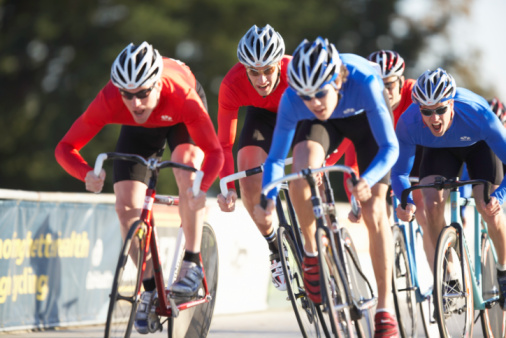
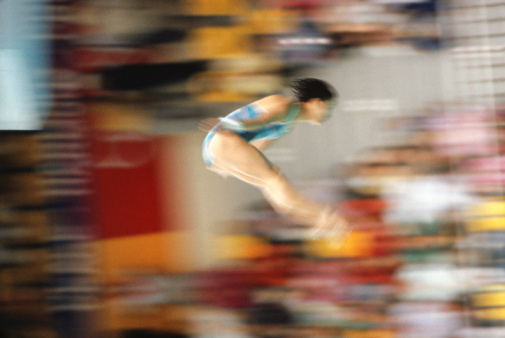
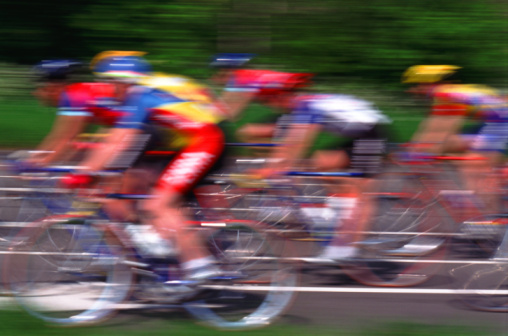
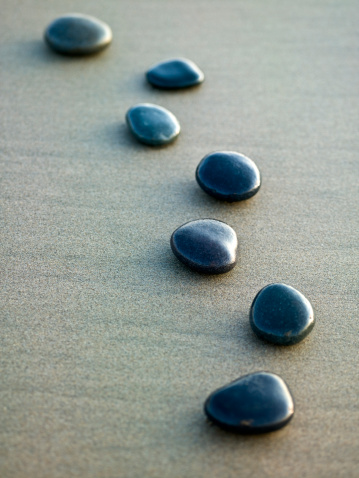
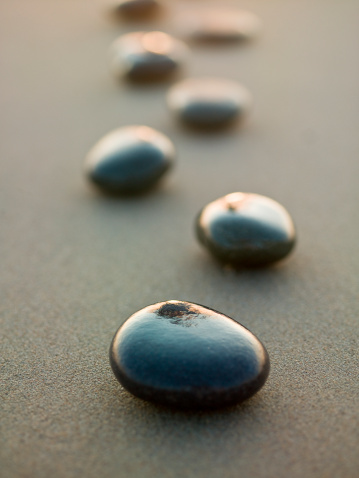
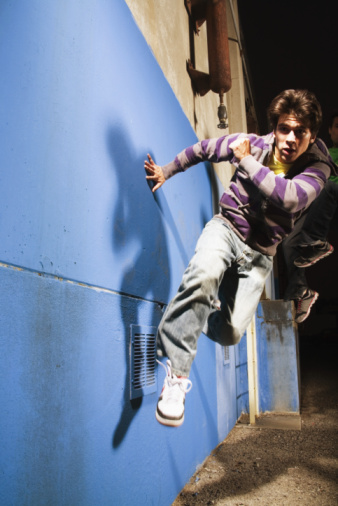
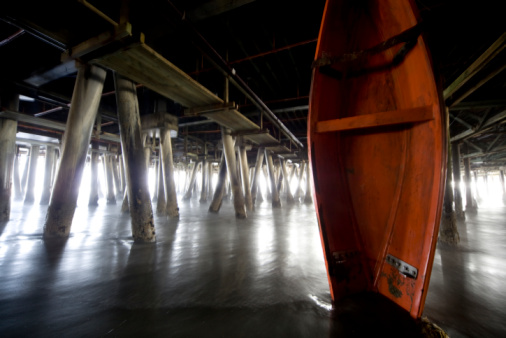
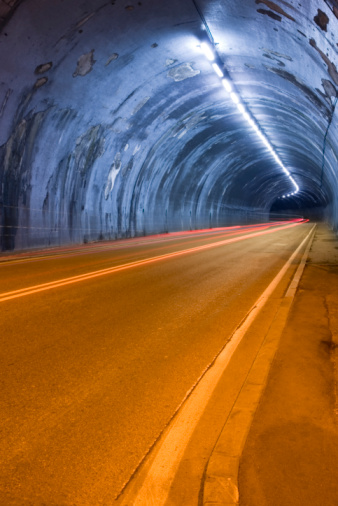

Trackbacks/Pingbacks